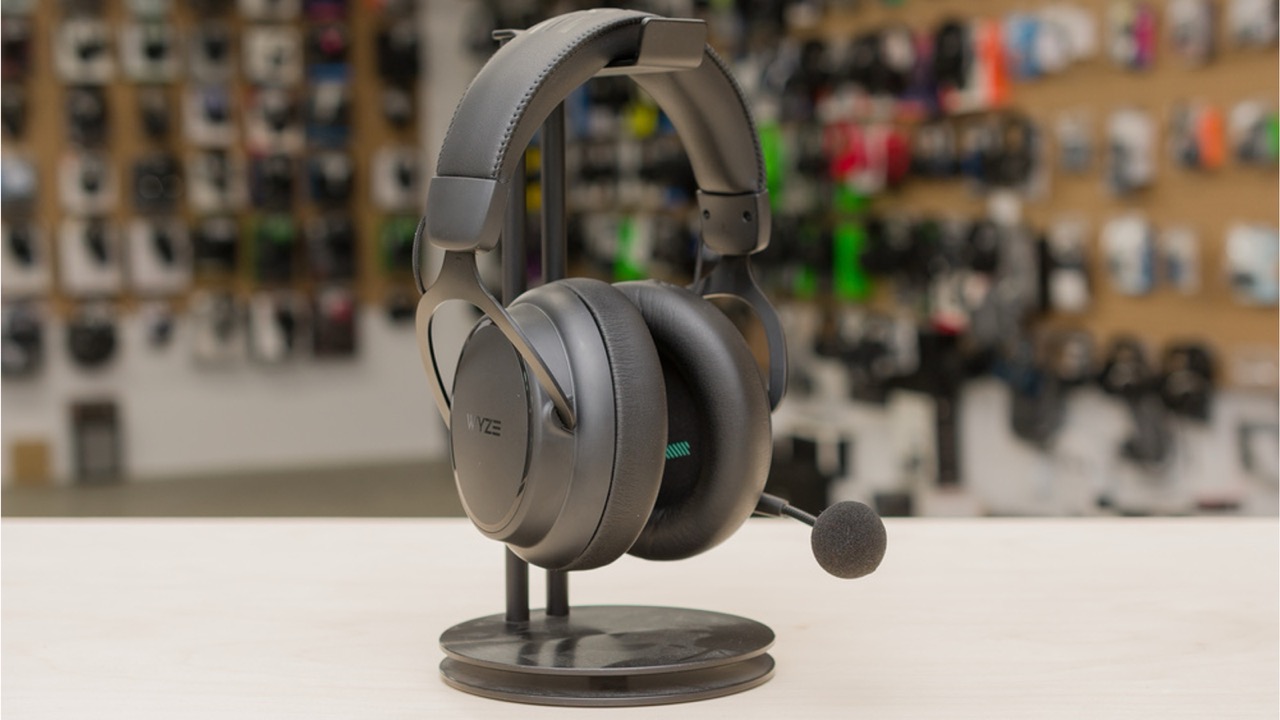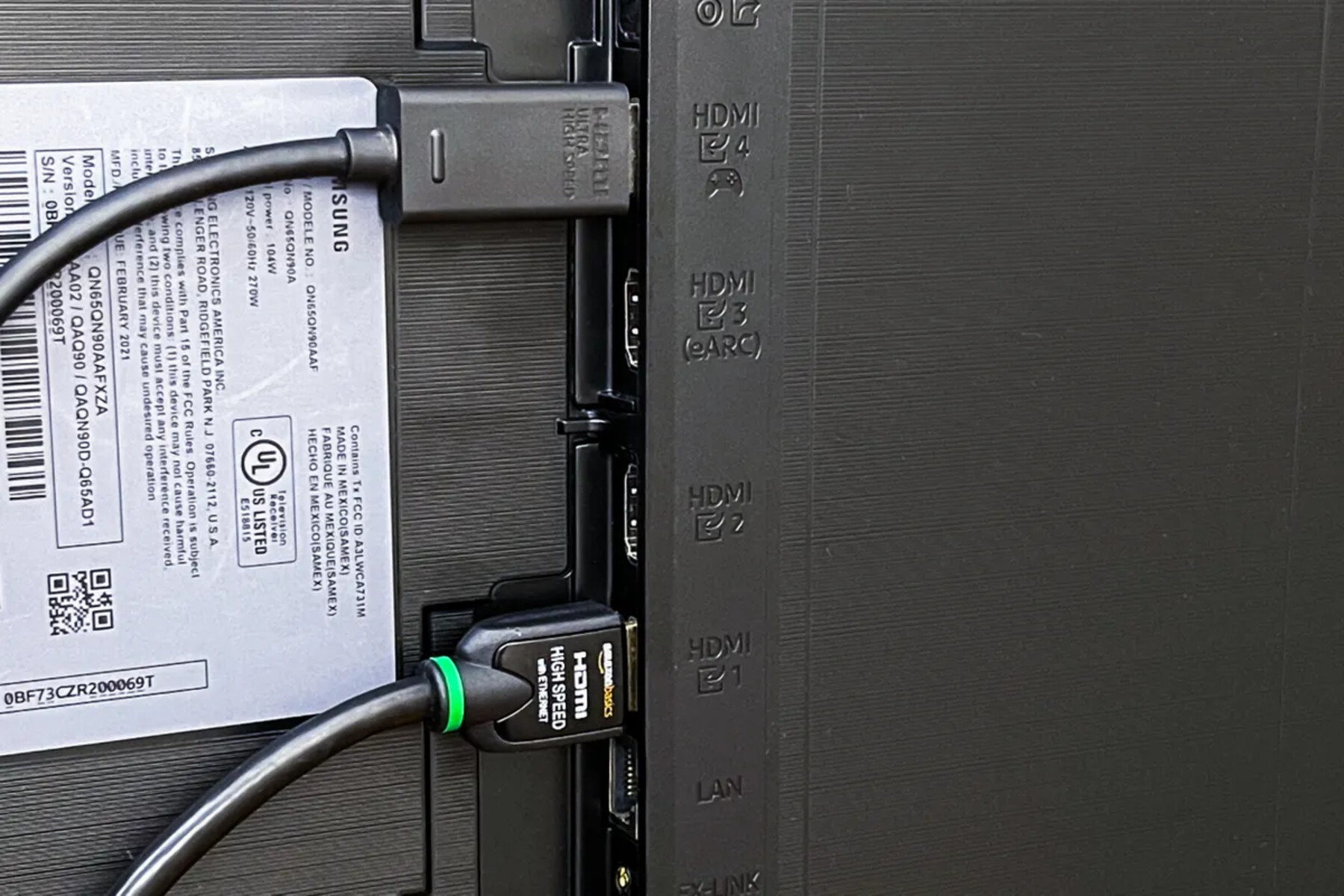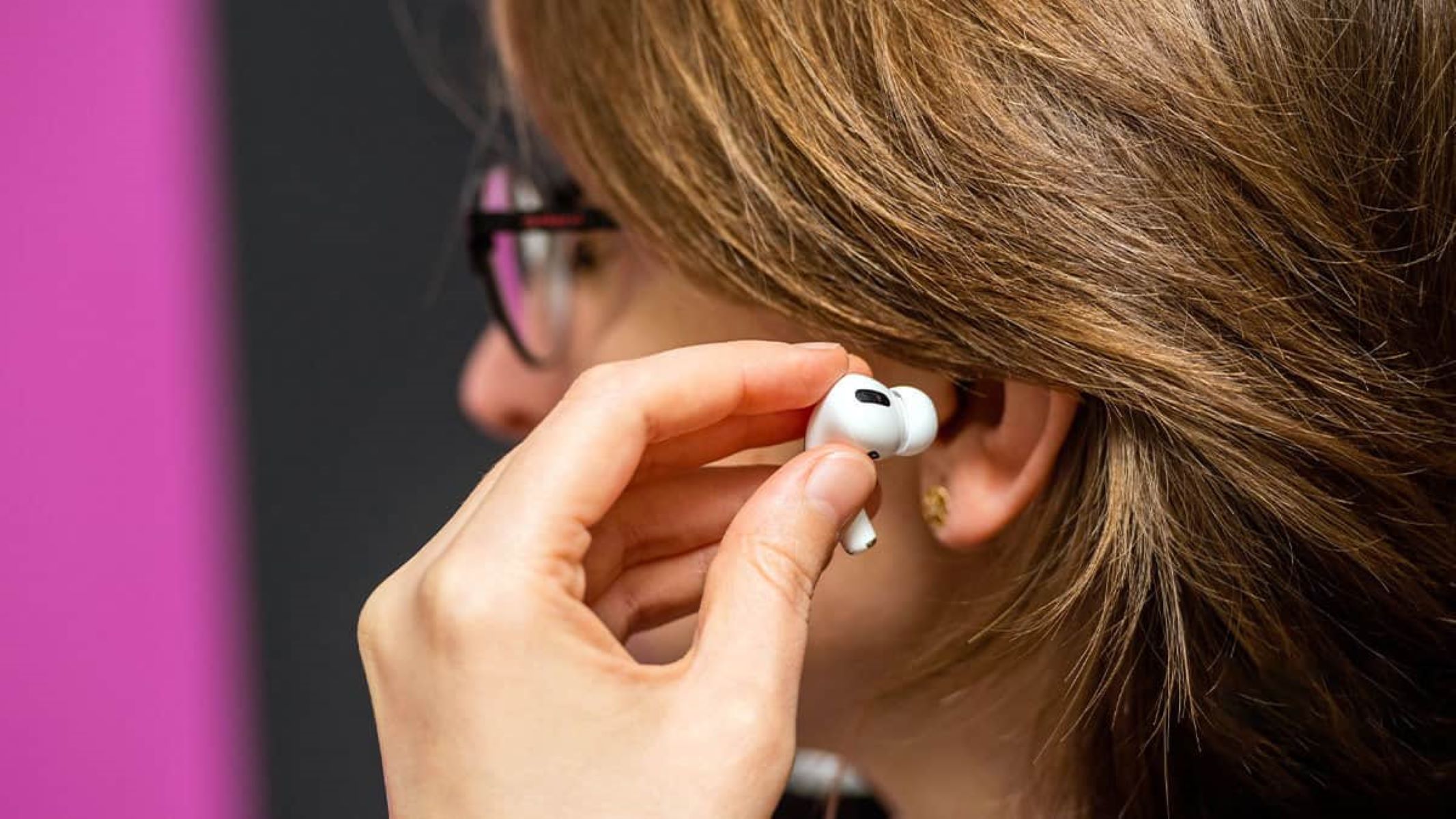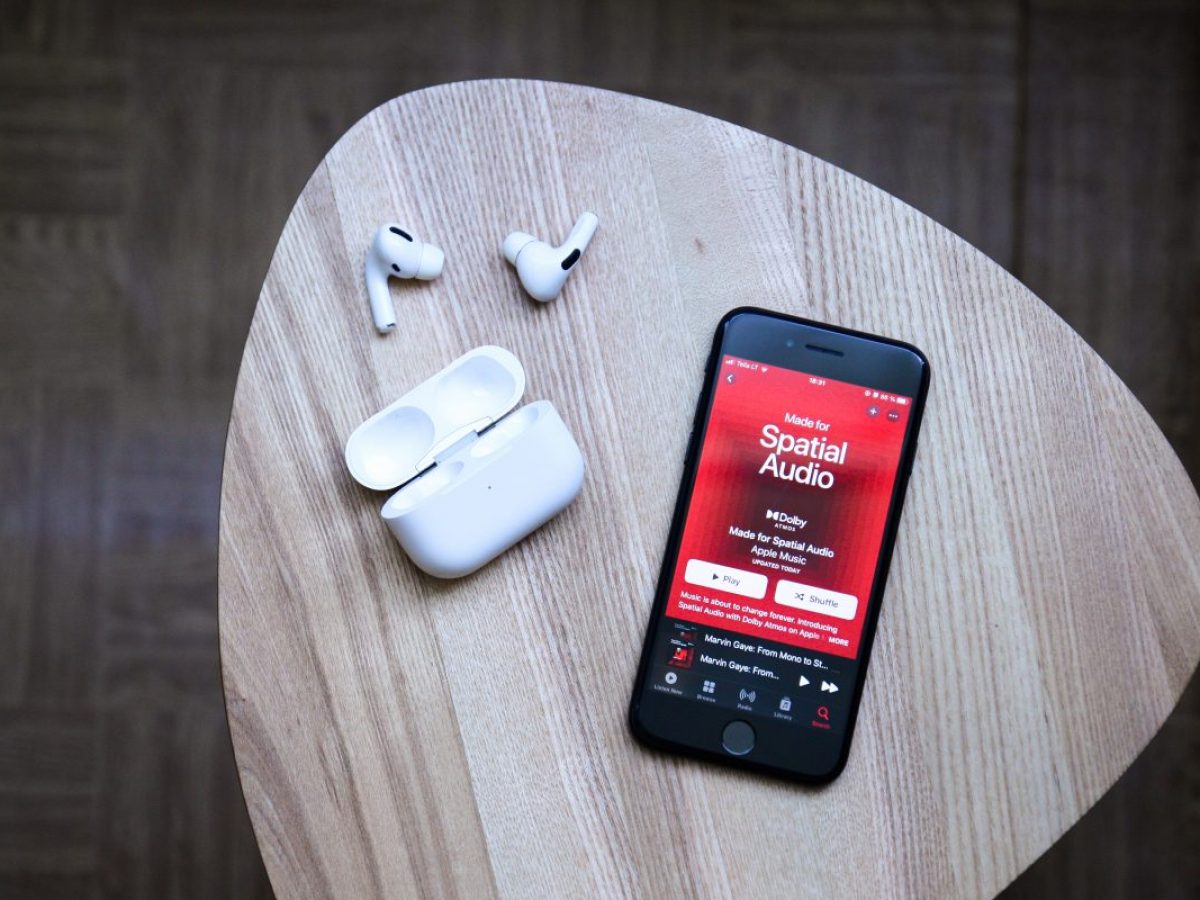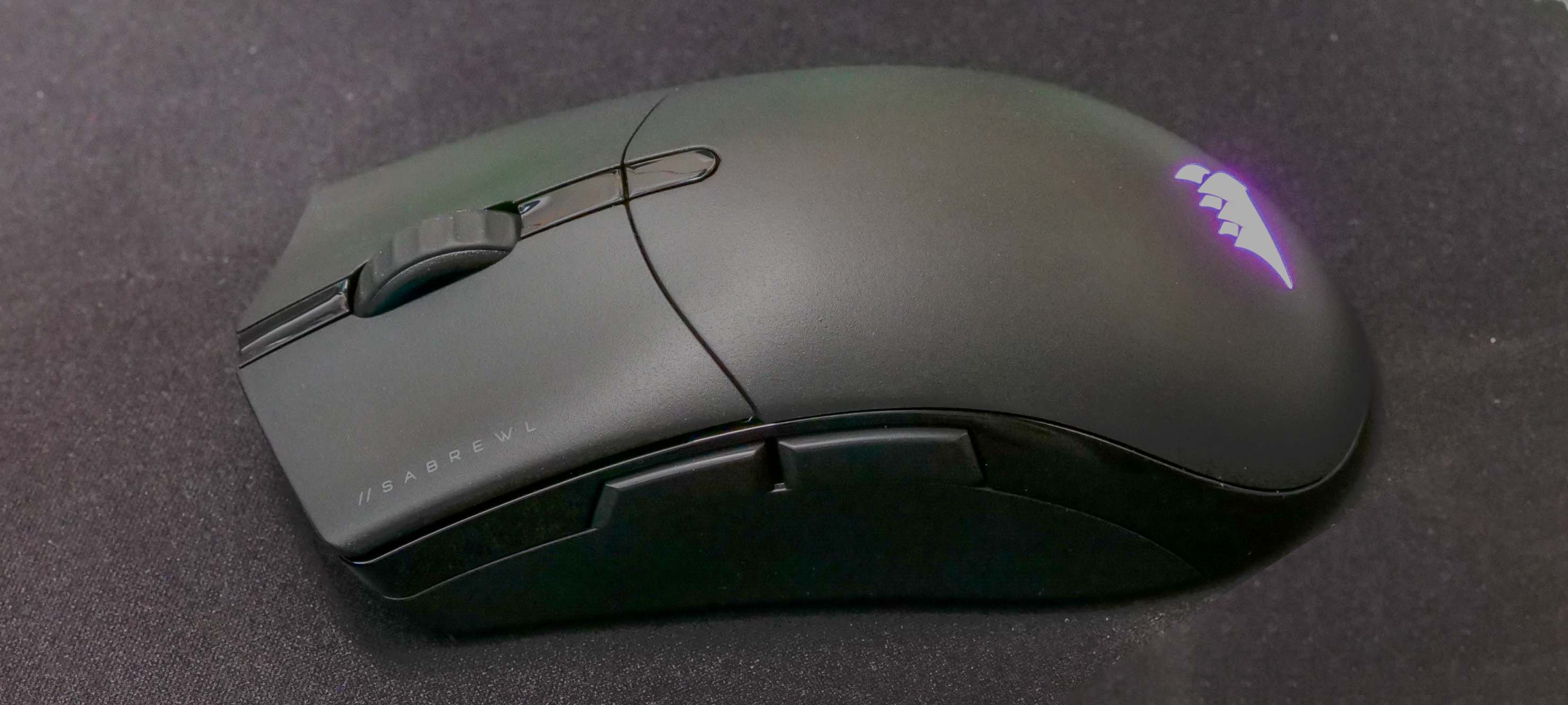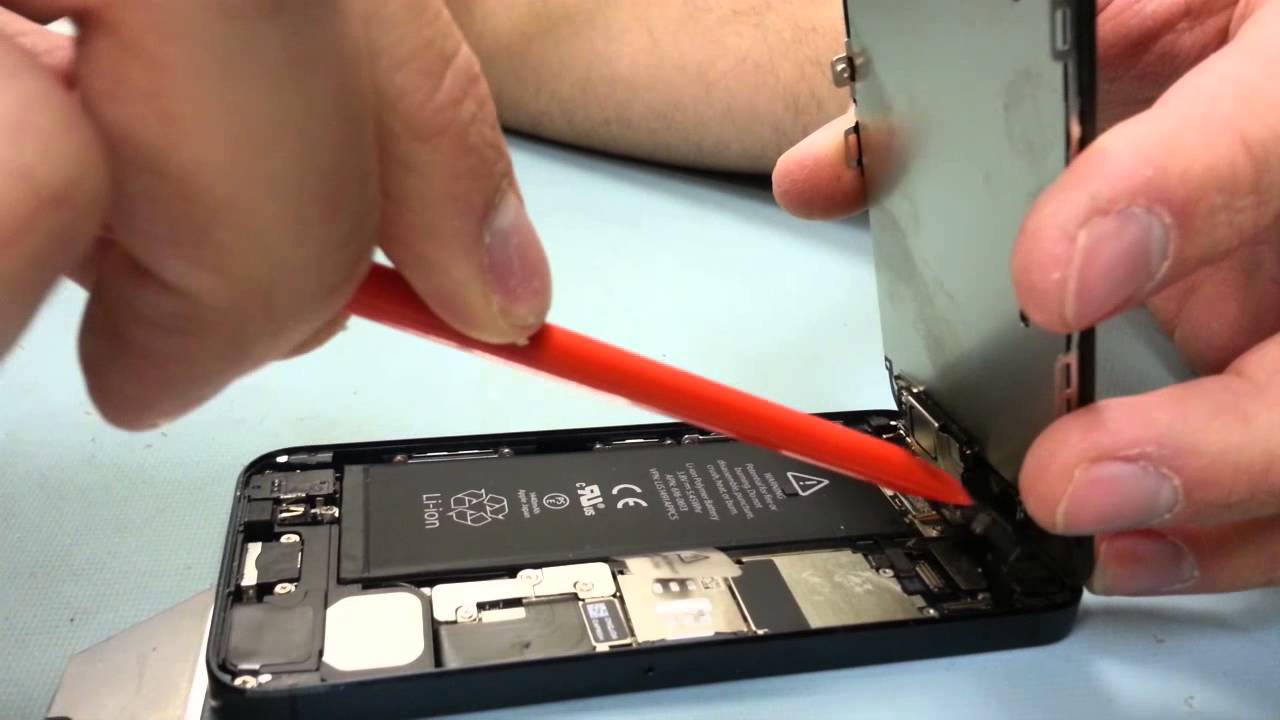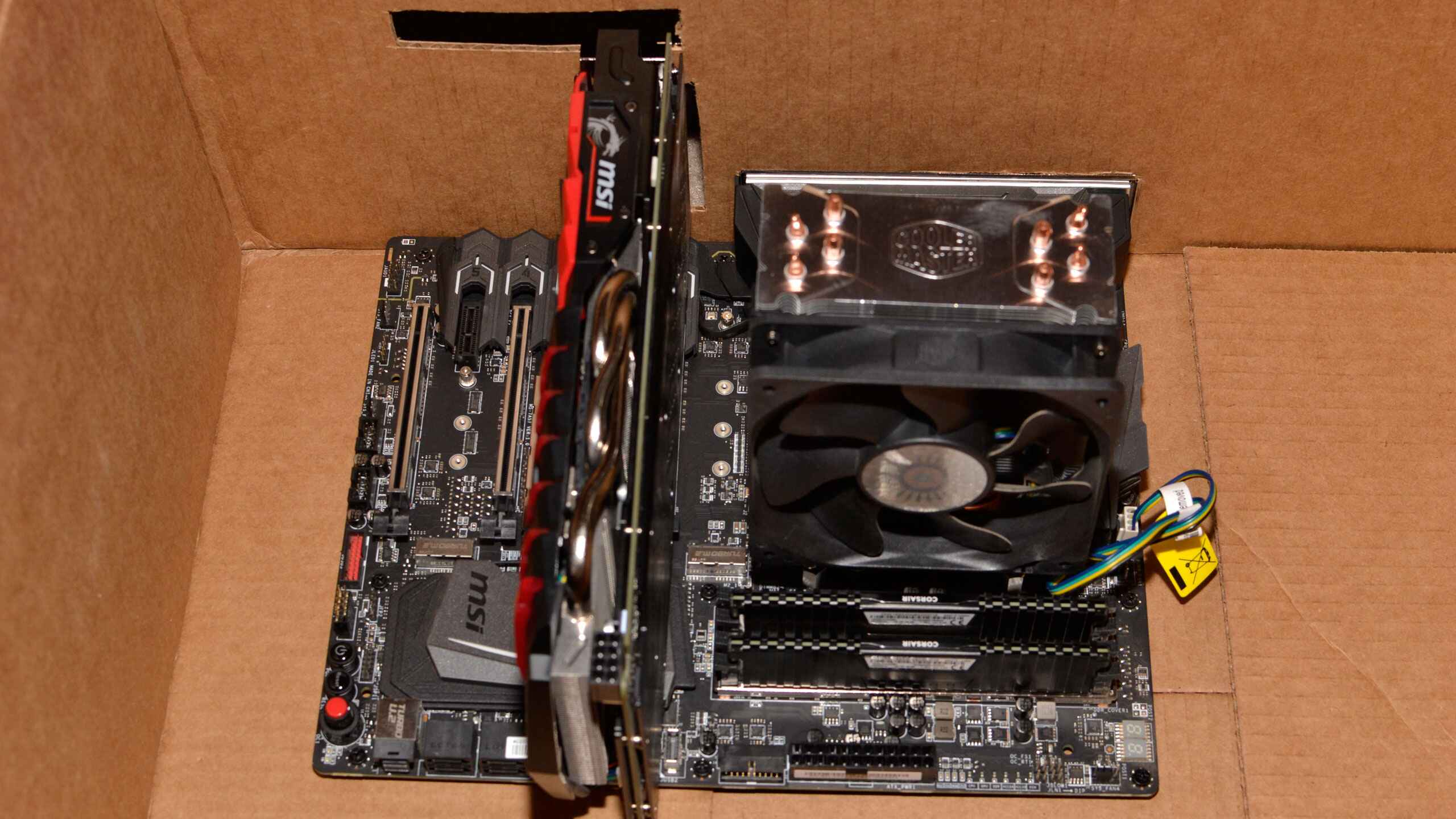Introduction
Audio cutouts can be a major frustration for anyone trying to enjoy their favorite music, engage in an important phone call, or immerse themselves in a gaming session. These frequent disconnections not only disrupt the flow of audio but also diminish the overall user experience. Whether you're using wireless headphones, Bluetooth speakers, or any other audio device, encountering intermittent cutouts can significantly detract from the enjoyment and functionality of these gadgets.
Understanding the common causes of audio cutouts and learning how to troubleshoot them is essential for anyone who relies on audio devices in their daily life. By delving into the root of the problem and implementing effective solutions, you can regain a seamless and uninterrupted audio experience.
In this comprehensive guide, we will explore the various factors that often lead to audio cutouts and provide practical troubleshooting steps to help you address these issues. Whether you're a music enthusiast, a professional who relies on clear communication, or a dedicated gamer, the information presented here will empower you to overcome the frustration of audio cutouts and enjoy uninterrupted sound quality from your devices.
Common Causes of Audio Cutouts
Audio cutouts can occur due to various factors, ranging from technical issues to environmental interferences. Understanding these common causes is crucial in troubleshooting and preventing frequent disconnections. Here are the primary reasons behind audio cutouts:
-
Wireless Interference: One of the most prevalent causes of audio cutouts is wireless interference. This interference can stem from multiple sources, such as other electronic devices operating on the same frequency, Wi-Fi routers, or even physical obstructions. When wireless signals from these sources intersect with the signals of your audio device, it can result in disruptive cutouts.
-
Low Battery: For wireless audio devices, low battery levels can lead to intermittent cutouts. When the battery is insufficient to maintain a stable connection, the audio may frequently disconnect, causing disruptions in sound playback or communication.
-
Physical Obstructions: Physical barriers between the audio device and its source can impede the transmission of wireless signals, leading to audio cutouts. Common obstructions include walls, metal surfaces, and other electronic devices that may interfere with the signal transmission.
-
Software or Firmware Issues: Outdated software or firmware in the audio device or the connected source can contribute to audio cutouts. Incompatibility issues, glitches, or bugs within the software can disrupt the seamless transmission of audio signals, resulting in intermittent disconnections.
-
Distance from Source: In the case of Bluetooth or wireless audio devices, the distance between the device and the source can impact the strength and stability of the connection. If the distance exceeds the optimal range for the specific technology, it can lead to audio cutouts.
-
Signal Overload: In crowded wireless environments, such as urban areas with numerous overlapping wireless signals, signal overload can occur. This overload can cause interference and lead to audio cutouts, especially in devices that operate on the 2.4GHz frequency band.
-
Hardware Malfunction: Internal hardware issues within the audio device, such as antenna problems, faulty components, or physical damage, can also contribute to audio cutouts. These malfunctions can disrupt the consistent transmission of audio signals, resulting in frequent disconnections.
Understanding these common causes of audio cutouts is essential for effectively troubleshooting and addressing these issues. By identifying the root cause, users can implement targeted solutions to mitigate or eliminate the occurrence of disruptive audio cutouts.
Troubleshooting Steps
Addressing audio cutouts requires a systematic approach to identify and resolve the underlying issues. By following these troubleshooting steps, you can effectively mitigate the frequency of audio disconnections and restore a seamless audio experience.
1. Minimize Wireless Interference
- Reposition Devices: Place the audio device and the source (such as a smartphone or computer) away from potential sources of interference, including Wi-Fi routers, microwave ovens, and other electronic devices.
- Switch Frequency Channels: If your audio device operates on a frequency band with multiple channels, try switching to a less congested channel to reduce interference.
2. Ensure Sufficient Power
- Charge or Replace Batteries: For wireless devices with replaceable batteries, ensure they are fully charged or replace them with fresh batteries. In the case of rechargeable devices, ensure they are adequately charged before use.
3. Remove Physical Obstructions
- Clear Line of Sight: Position the audio device and the source in a way that minimizes physical barriers between them, ensuring a clear line of sight for optimal signal transmission.
- Avoid Metal Surfaces: Refrain from placing the audio device near large metal surfaces, as these can obstruct the wireless signals.
4. Update Software and Firmware
- Check for Updates: Ensure that both the audio device and the connected source have the latest software or firmware updates installed. Manufacturers often release updates to address connectivity issues and improve overall performance.
5. Optimize Distance and Positioning
- Stay Within Range: Adhere to the recommended distance range specified by the device manufacturer to maintain a stable connection.
- Avoid Signal Blockage: Ensure that the audio device and the source are positioned in a way that minimizes signal blockage, especially in environments with multiple obstructions.
6. Manage Signal Overload
- Switch Frequency Bands: If possible, consider using audio devices that operate on the less congested 5GHz frequency band, which can reduce the impact of signal overload in crowded wireless environments.
7. Check for Hardware Issues
- Inspect for Damage: Examine the audio device for any visible signs of damage or wear that may affect its performance.
- Contact Manufacturer: If the troubleshooting steps do not resolve the issue, consider reaching out to the manufacturer for further assistance or to explore warranty options.
By systematically implementing these troubleshooting steps, users can effectively address the common causes of audio cutouts and restore the seamless functionality of their audio devices. Understanding the nuances of wireless technology and the factors that contribute to audio disruptions is essential in maintaining a reliable and uninterrupted audio experience.
Conclusion
In conclusion, addressing audio cutouts requires a comprehensive understanding of the common causes and practical troubleshooting steps. By delving into the intricacies of wireless technology and the environmental factors that contribute to audio disruptions, users can proactively mitigate the frequency of audio cutouts and restore a seamless audio experience.
The prevalence of wireless interference, low battery levels, physical obstructions, software or firmware issues, distance from the source, signal overload, and hardware malfunctions underscores the multifaceted nature of audio cutouts. Each of these factors can significantly impact the stability and continuity of audio transmission, leading to disruptive disconnections across various audio devices.
By systematically implementing troubleshooting steps such as minimizing wireless interference, ensuring sufficient power, removing physical obstructions, updating software and firmware, optimizing distance and positioning, managing signal overload, and checking for hardware issues, users can effectively address the root causes of audio cutouts. These proactive measures empower individuals to regain control over their audio experience and minimize the frustrations associated with frequent disconnections.
Furthermore, the evolving landscape of wireless technology underscores the importance of staying informed about the latest advancements and best practices for maintaining reliable audio connectivity. As new wireless standards and technologies emerge, users can leverage this knowledge to optimize their audio devices and minimize the impact of potential disruptions.
Ultimately, by combining awareness of common causes with proactive troubleshooting, users can elevate their audio experience and enjoy uninterrupted sound quality across various scenarios, including music playback, communication, gaming, and multimedia consumption. Embracing a proactive approach to addressing audio cutouts empowers individuals to fully leverage the capabilities of their audio devices and immerse themselves in a seamless and uninterrupted audio journey.
In essence, the journey to troubleshooting and mitigating audio cutouts is a dynamic and empowering process that enables users to harness the full potential of their audio devices while overcoming the challenges associated with wireless connectivity. By fostering a deeper understanding of the underlying factors and implementing targeted solutions, individuals can navigate the complexities of wireless audio technology with confidence and resilience, ensuring a consistent and uninterrupted audio experience in their daily lives.







